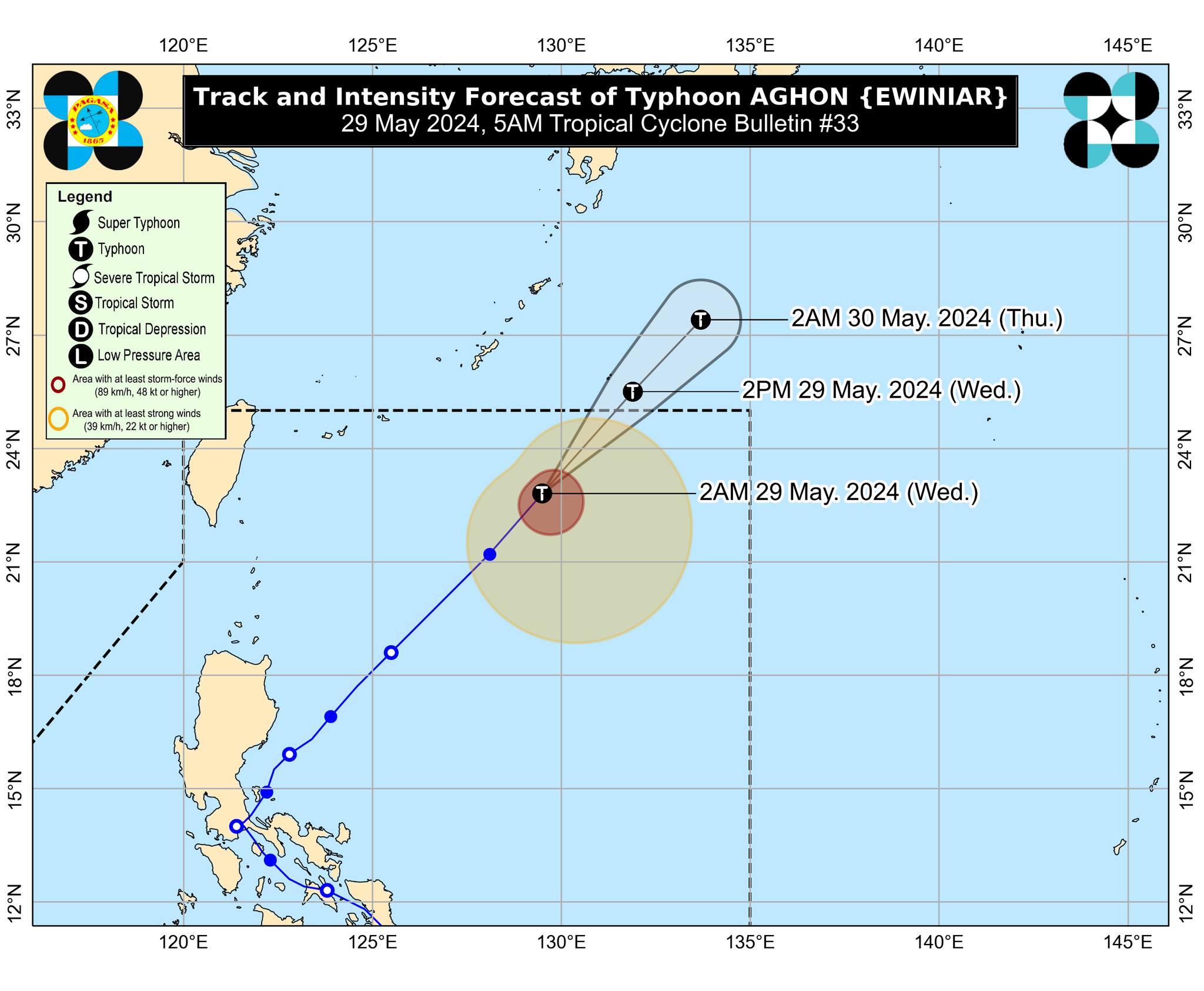Late start to cyclone season possibly due to El Niño - PAGASA

The Philippines was transitioning to the wet season when Typhoon Aghon entered the country last week. Aghon brought much-needed rain to communities affected by El Niño-induced drought, but it also caused fatalities and the proclamation of a state of calamity in several parts of Luzon.
Meanwhile, the heat index reached 55°C in Guiuan, Eastern Samar on May 26, the highest so far this year, while Aghon was in Philippine territory.
In this three-part series, GMA News Online looks into the effects of Aghon on the weather during the transition period, the reasons behind the country's first tropical cyclone forming only in May, and what to expect in the months ahead.
SECOND OF THREE PARTS
The state weather bureau PAGASA officially declared the onset of the rainy season on Wednesday, May 29.
The announcement also means an expected increase in tropical cyclone activity in the Philippine Area of Responsibility (PAR).
According to PAGASA, most storms enter or develop inside the PAR between May and November. In recent years, however, the first tropical cyclones entered the PAR in April.
Why did Typhoon Aghon, the first storm to hit the country in 2024, only enter the PAR in the third week of May? PAGASA said the El Niño phenomenon may have played a role.
The El Niño phenomenon is characterized by the abnormal warming of sea surface temperatures in the central and eastern equatorial Pacific Ocean, leading to below normal rainfall.
“Maaaring may direct influence ang El Niño. Ang usual na genesis o simula ng mga bagyo ay sa Central Pacific o malayo-layo pa sa PAR,” Dr. John Manalo, PAGASA weather specialist, told GMA News Online.
(The El Niño phenomenon may have directly influenced the arrival of the tropical cyclone. The usual genesis of tropical cyclones occurs in the Central Pacific, away from the PAR.)
PAGASA has also identified ''delayed onset of the rainy season'' as one of the climatic indicators of the El Niño phenomenon in the Philippines.
FIRST PART: Rainy season not yet here despite Aghon - PAGASA
Based on historical data, Manalo said the Philippines may expect fewer tropical cyclones this year but warned that the number of powerful storms may increase.
He attributed the stronger tropical cyclones to climate change but clarified that it has yet to be seen if the El Niño phenomenon or the looming El Niña will directly impact the storms entering the PAR.
“Hindi certain. Dahil isa na rito yung transition to La Niña then remaining time ng year, more likely, baka La Niña condition na,” he said.
(It is uncertain if the tropical cyclones forming in PAR will all be stronger this year compared to recent years. There are several factors to consider, such as the transition to La Niña and the climate pattern itself.)
“Isa ito sa maaaring contributing factor, and also, 'yung climate change may effect sa na-observe natin,” added Manalo.
(But we have observed that climate change has an effect.)
PAGASA previously said the Philippines may see 13 to 16 tropical cyclones in 2024. —VBL, GMA Integrated News




